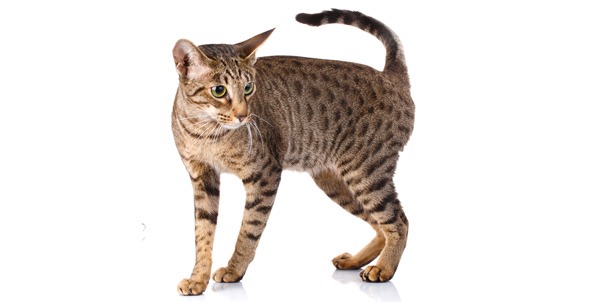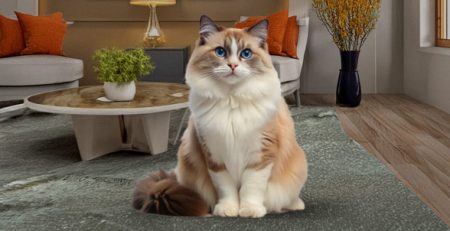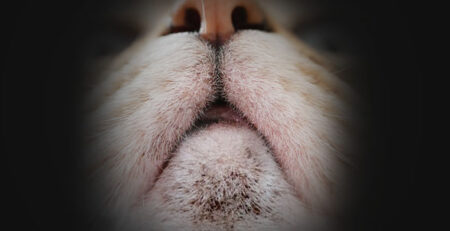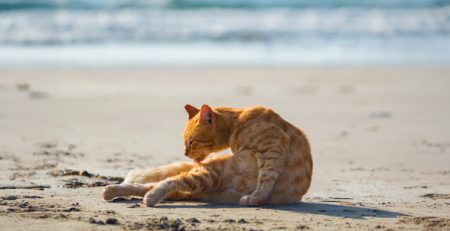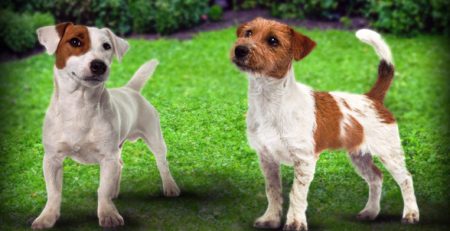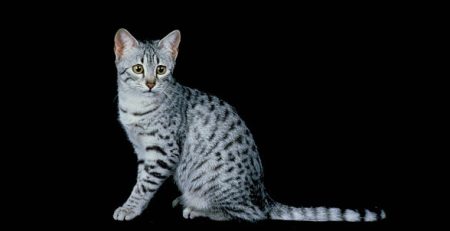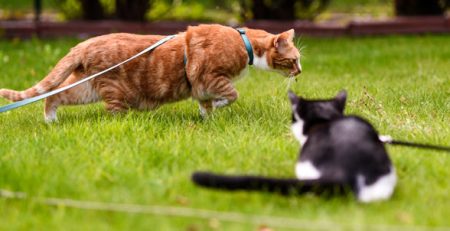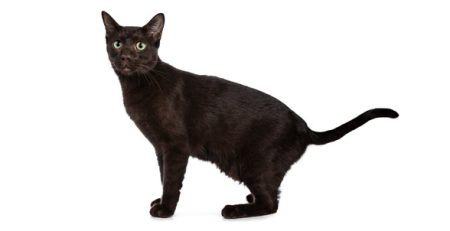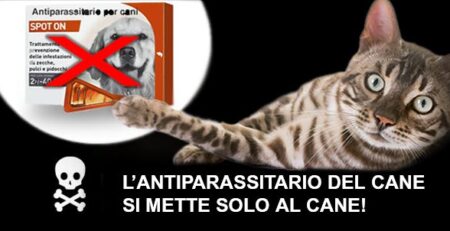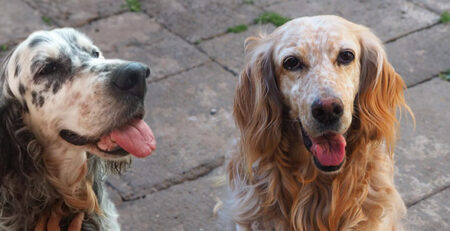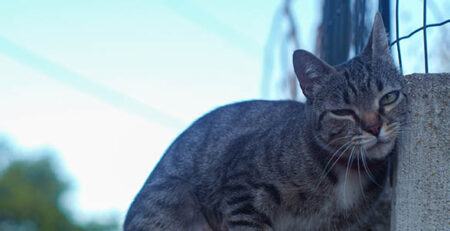Ocicat, the cat with the “wild” look but not too much
The Ocicat is a cat that fascinates with its exotic and wild appearance, but contrary to popular belief, it is by no means a wild feline.
This breed was born from careful genetic selection aimed at creating a cat that resembled an Ocelot, a wild feline from South America.
The origins of race
In the 1960s, a U.S. breeding couple, Virginia Daly and her husband, began experimenting with crosses between the Siamese and Abyssinian.
The result was a cat with a spotted coat that seemed to recall the appearance of a wild feline.
The first Ocicat, named Tonga, was born in 1964 and immediately aroused the interest of cat lovers.
In later years, to better achieve the desired characteristics, cats of other breeds such as the Burmese were also included.
In 1987, the breed was officially recognized by the Cat Fanciers’ Association (CFA), and has since gained increasing popularity precisely because of the uniqueness of its coat.
The Ocicat’s coat is one of its distinctive features
The distinctive feature of the Ocicat’s coat is the spots that form a spotted pattern very similar to that of wild felines.
The spots are generally arranged in vertical lines along the back and on the body; they vary in shape and size, giving each specimen a unique appearance.
They are present on the shoulders, abdomen and continue as far as possible on the legs; the tail, however, has rings.
Soft and silky to the touch, the fur can come in a wide variety of colors including chocolate, cinnamon, blue, gray, golden, and cream.
The Ocicat’s ears are large and slightly rounded, while the eyes are oval in shape and can be an intense green or gold color.
The Ocicat has an affectionate and sociable personality
Despite its exotic appearance, the Ocicat has an affectionate and sociable temperament, inclined to socialize with other animals as well.
It usually manifests great interest in strangers, taking little time to make friends and demand attention and caresses.
Extremely sensitive, it is a cat that tends to bond with its human companions to the point of suffering from separation anxiety if left too long alone.
Agile, curious and active, the Ocicat cat loves to explore, climb and jump consequently it is necessary to equip his spaces with games and trails that keep him busy and mentally stimulate him.
The recurrent pathologies
Like many other breeds, the Ocicat is susceptible to certain genetic disorders.
Among the most common diseases is hypertrophic cardiomyopathy, a condition that affects the heart.
Cats with this disease may not show obvious symptoms so it is essential to have regular checkups.
Other health issues may include dental disease, due to their susceptibility to developing tooth decay and gingivitis.
Therefore, it is essential to take care of the Ocicat’s oral hygiene through regular brushing.
To have your Ocicat cat checked, for vaccines and periodic check-ups, contact the veterinary doctors on our staff who are always available to you.
We would also like to remind you that Clinica La Veterinaria is always open h24 every day including holidays and with First Aid service from 8 pm to 8 am.

